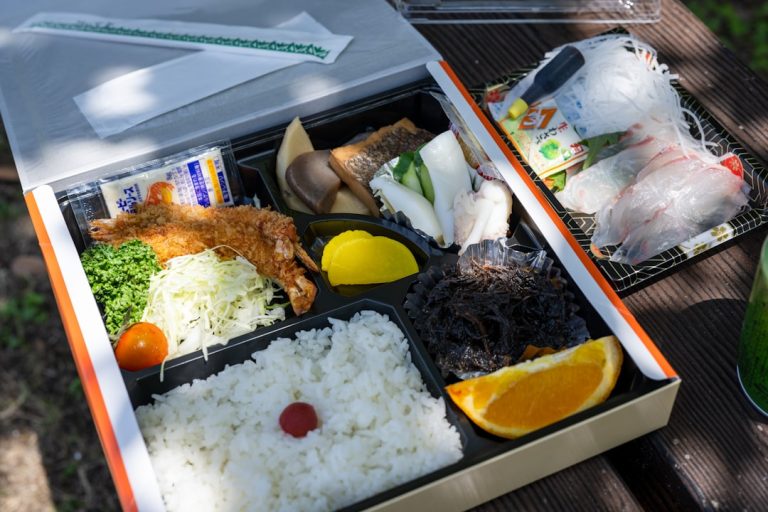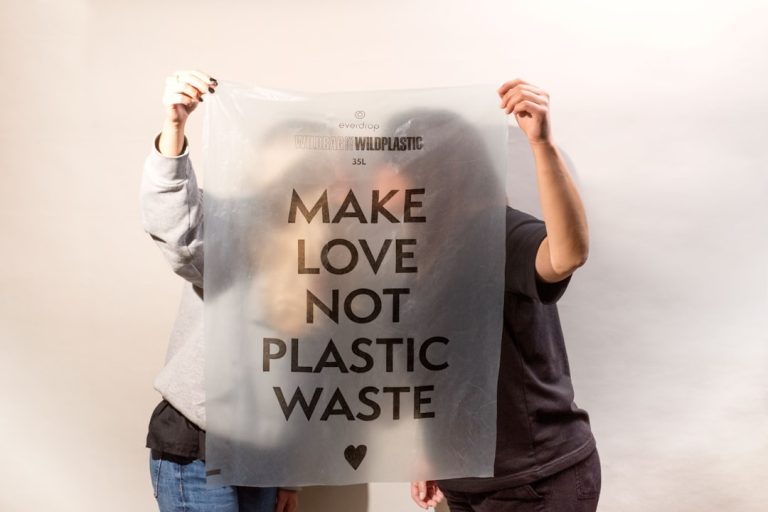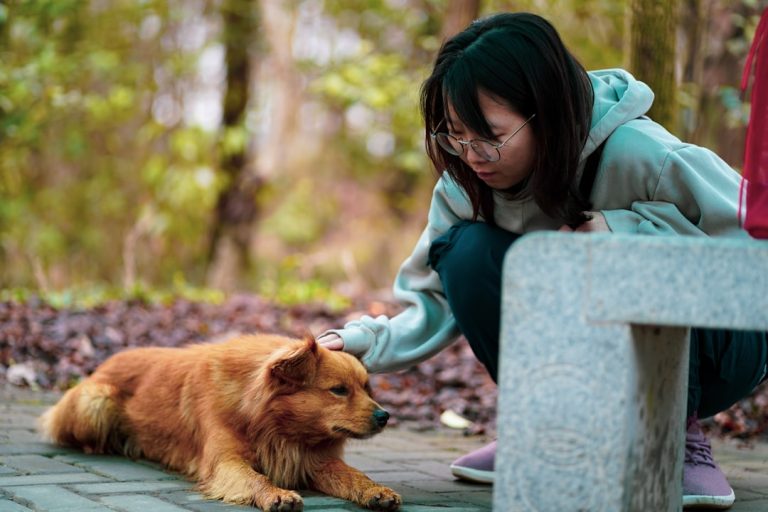My Experience with Terracycle (recycling Hard-to-recycle Items).
My Experience with Terracycle (Recycling Hard-to-Recycle Items)
For years, I stood at my recycling bin, a silent plea forming on my lips: “Please, let this be recyclable.” I’d toss in plastic yogurt cups, cardboard boxes, and glass jars with a sense of duty, but a nagging doubt always lingered. What about the snack bags, the toothpaste tubes, the coffee pods, or the endless stream of plastic film that my local municipality simply wouldn’t accept? These items, often dubbed “hard-to-recycle,” felt like a personal failure, accumulating in my trash bin despite my best intentions. This frustration was the catalyst that led me down a path I never expected: a deep dive into the world of Terracycle, a company dedicated to finding solutions for waste streams that traditional recycling overlooks.
My journey wasn’t about a sudden epiphany, but rather a gradual realization that if I truly wanted to reduce my environmental footprint, I had to confront these challenging materials head-on. Terracycle promised a way out of the “wishcycling” trap, offering programs designed to give new life to everything from old toothbrushes to chip bags. What started as a hopeful experiment has evolved into an integral part of my household routine, transforming how I view waste and my role in its management. This is my story, detailing the practicalities, the challenges, and the profound satisfaction of recycling items I once thought were destined for landfill forever.
Navigating the Terracycle Universe: My First Steps into Specialized Recycling
The first time I landed on the Terracycle website, I felt a mix of overwhelming excitement and slight confusion. It was like stepping into a vast library of waste, with categories for almost every type of material imaginable that regular curbside programs reject. My initial goal was simple: find solutions for the plastics that consistently ended up in my general waste bin. This meant focusing on items like plastic film, snack wrappers, and rigid packaging for personal care products that often contain multiple plastic types or are too small to be processed by standard machinery.
I quickly learned that Terracycle operates primarily through two main avenues: Free Recycling Programs (Brigades) and Zero Waste Boxes. The Brigades are often sponsored by brands, allowing consumers to collect specific types of waste (e.g., “oral care waste,” “chip bags”) and ship them for free. The Zero Waste Boxes, on the other hand, are paid solutions that cover a broader range of materials, like “all-in-one plastic packaging” or “beauty product waste,” offering a convenient, if more costly, option for comprehensive recycling.
My initial strategy was to leverage as many free programs as possible. I signed up for the Oral Care Brigade (for toothbrushes, toothpaste tubes, and floss containers) and a few others that matched my household’s common waste streams. This required careful reading of what was accepted and, crucially, what wasn’t. Contamination is a significant issue in recycling, and Terracycle is very clear about ensuring items are clean and dry. This meant a minor shift in my habits – a quick rinse of a toothpaste tube, a wipe of a snack bag – but it was a small price to pay for the peace of mind.
As my understanding grew, I realized the free programs, while fantastic, didn’t cover everything. That’s when I started exploring the Zero Waste Boxes, specifically for items like plastic film and multi-layer packaging that were truly my biggest pain points. This decision involved a financial investment, which I’ll delve into later, but it felt like the logical next step in my commitment to tackling hard-to-recycle waste comprehensively. It was a learning curve, but one that empowered me with practical knowledge beyond just understanding local recycling rules.
Crafting My Home Hub for the Unconventional Recyclables
One of the biggest hurdles I faced in integrating Terracycle into my life was figuring out the logistics of collecting and storing these “unrecyclable” items. You can’t just toss them all into one bin and hope for the best. Each Terracycle program, whether a free brigade or a Zero Waste Box, has specific material requirements. This meant I needed a dedicated system, a “hard-to-recycle hub,” if you will, that wouldn’t become an eyesore or a source of household chaos.
My solution involved a combination of labeled bins and repurposed containers strategically placed. Under my kitchen sink, I have a small bin for plastic film and flexible packaging, awaiting its Zero Waste Box journey. In the bathroom, a designated container collects empty toothpaste tubes and old toothbrushes for the Oral Care Brigade. Snack wrappers, once rinsed, go into another labeled bag in the pantry. Clear labeling was key to ensuring everyone in the household knew where each item belonged, minimizing confusion and contamination.
The biggest challenge during this collection phase was ensuring items were clean and dry. A greasy chip bag can contaminate an entire batch, rendering it unrecyclable. I developed a habit of a quick rinse under the tap or a wipe with a used napkin before stashing items away. This added a few seconds to my routine but was essential for the integrity of the collected materials. Space was also a consideration. While individual items are small, they accumulate. I learned to compress items where possible and to ship when bins were full, rather than waiting indefinitely. It was a balance between efficiency and not letting my home turn into a mini-landfill of sorted waste.
The Logistics of Sending Waste Back: From Accumulation to Shipment
Once my designated collection bins were full, the real satisfaction began: preparing the items for their journey back to Terracycle. For the free brigades, this involved printing a shipping label from the Terracycle website, boxing up the clean, sorted waste, and dropping it off at a designated shipping carrier (usually UPS or FedEx). It’s a remarkably straightforward process, and the feeling of sending off a box knowing these materials will be recycled instead of landfilled is incredibly rewarding.
The Zero Waste Boxes operate similarly but with their own unique logistics. When you purchase a Zero Waste Box, it arrives flat-packed. You assemble it, fill it with the accepted materials, and once full, you simply seal it up and attach the pre-paid shipping label that comes with the box. The weight limits are clearly marked, and it’s essential not to overfill, as this can lead to issues during transit. For heavier boxes, I found it helpful to manage the contents carefully, sometimes even investing






